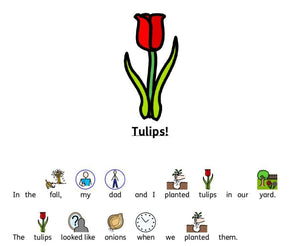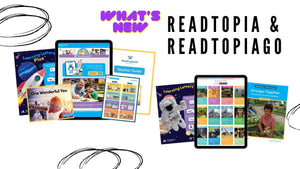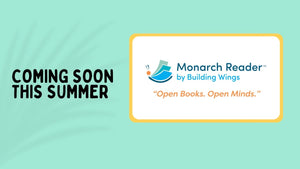Bridges, IDRC at OCADU Awarded Federal Grant for Accessible Inclusive Coding

Bridges is proud to announce that “Coding to Learn and Create,” a joint project of the Inclusive Design Research Centre (IDRC) at OCAD University and Bridges Canada was awarded a grant of $1.7 million dollars.

The Minister of Public Services and Procurement and Accessibility, Carla Qualtrough, made the announcement at the Ontario College of Art and Design University campus celebrating National Accessibility Week.
The goals of the Coding to Learn and Create project are to:
- Partner with educators, students, and their families to develop a new inclusive coding environment scaffolded and customizable for students with physical, learning, and cognitive disabilities.
- Create open resources for teachers that adapt coding curricula and make programming environments inclusive and adaptable to the diverse needs of all students.
- Work with developers of educational programming tools to improve accessibility and adaptability and continually remediate barriers for students with disabilities.
Learning to Code -- Coding to Learn
Learning to code is increasingly part of the required curriculum in Canadian schools. Coding education is now mandatory in three provinces, and an encouraged part of the curriculum in most others. Recent government initiatives in K-12 coding education include CanCode, a $50 million federal program.
Coding education can not only develop skills for future employment and career opportunities – “Learning to Code.” But particularly for students with cognitive, communication and physical challenges, coding education can help develop social, daily living, and creative skills – “Coding to Learn.”
However most popular programming environments are visual and incompatible with commonly-used assistive technologies (AT) and alternative input tools such as switches, onscreen keyboards, eye gaze systems, text-to-speech and augmentative and alternative communication (AAC).
For students with cognitive and learning disabilities, coding can help teach crucial collaborative and communication skills, strategies for problem solving, task sequencing, spatial awareness, and metacognitive skills. Thus participation in coding activities can be a strong reinforcer of equality in the school community.
Susie Blackstien-Adler, Bridges’ Professional Learning Manager and lead for the project believes that,
Learning to code empowers students to be active producers of their digital environments, not just consumers of apps and games. And through coding to learn they develop skills in planning, acquire perseverance in problem solving, and discover new personal outlets for communication, participation and creative expression.
- Tags: Coding
- Bogdan Pospielovsky





Comments 0